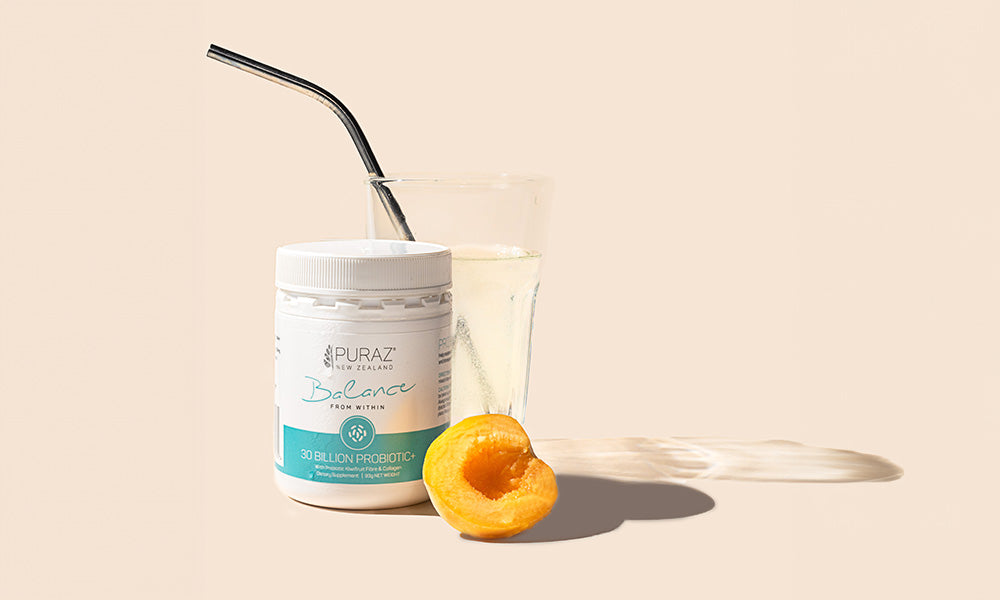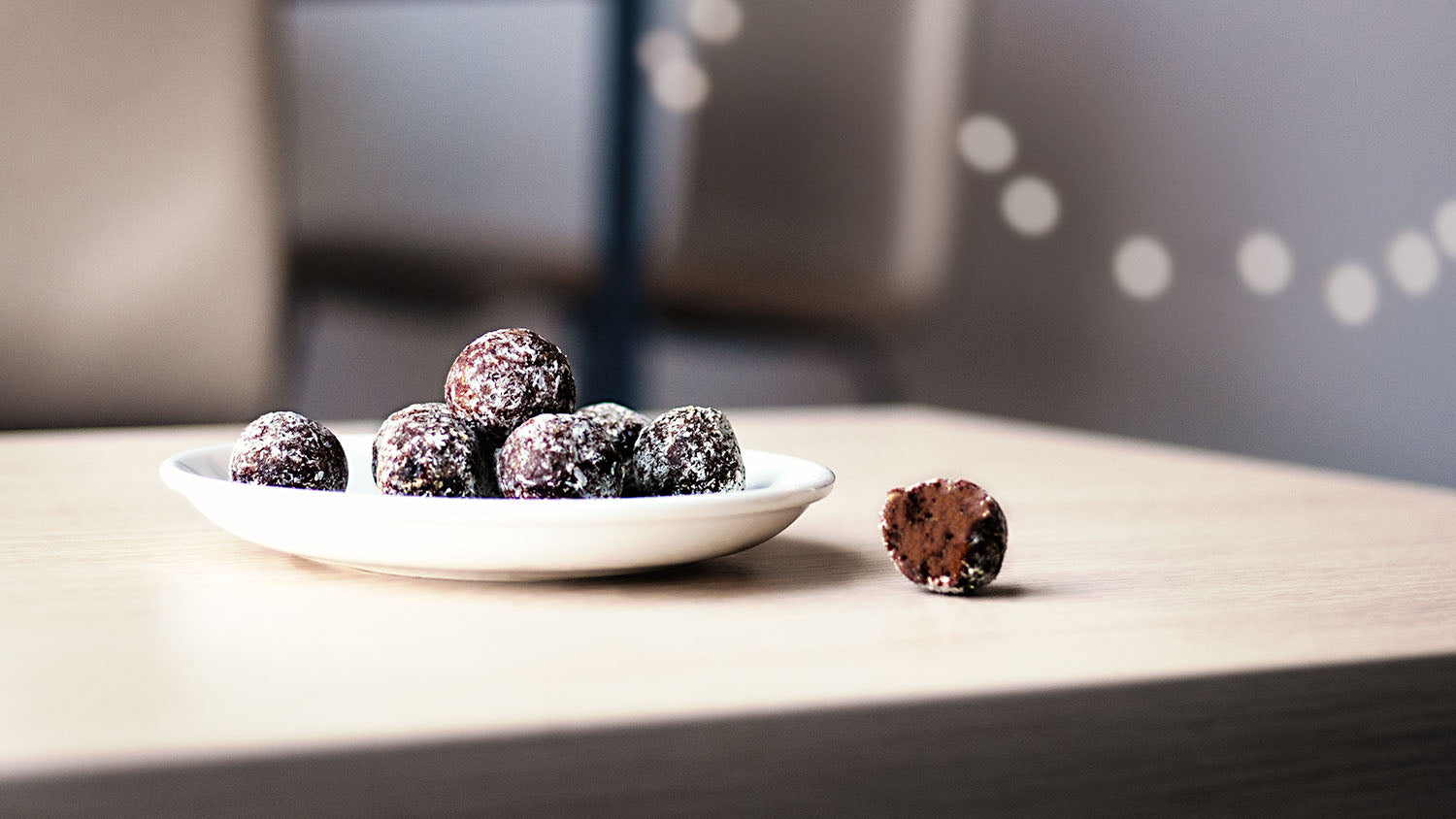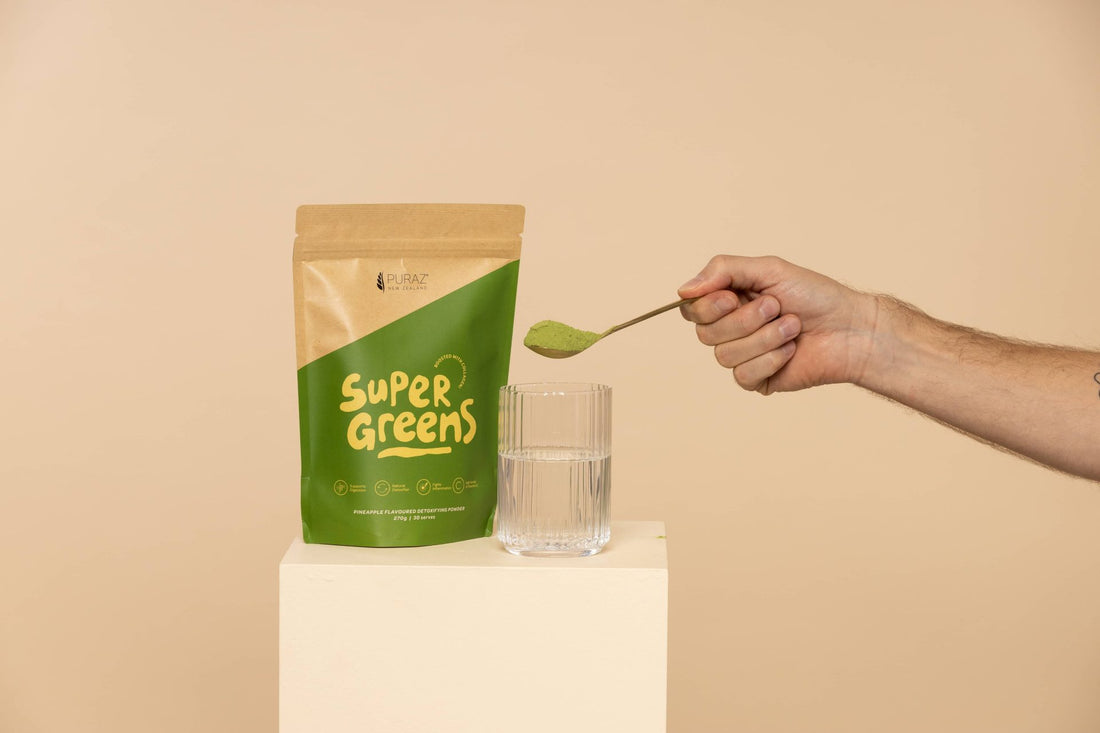The history and benefits behind Wheatgrass
What’s Special About Wheatgrass?
Wheatgrass has a fascinating history, it may even be the OG of health supplements. Let's take a look at the history and benefits behind Wheatgrass and how it positively impacts our super powders.
The glowing green grass juice has been healthifying the West since the ‘30’s when Dr Charles Schnabel studied animal nutrition. He found that animals fed only leaves became weak.. except if the leaf was wheatgrass. Those animals thrived, and a wheatgrass believer was born! A few generations later, the boomers caught the wheatgrass wave. Natural Hygienist Ann Wigmore was the force driving that enthusiasm through the 60’s and beyond. She claimed to have healed her colon cancer by juicing grass from a vacant lot. The health institute she founded uses wheatgrass juice to this day in their healing protocols.
The ancient history of wheatgrass could be even more exotic. According to the internet, 5,000 years ago, ancient Egyptians consumed the ‘gift of Isis’ to boost immunity and vitality. While the sources are unverified, it’s a great story and we certainly can’t think of another supplement that has been around for 5,000 years. That’s some impressive longevity!
Circling back to modern times, wheatgrass is still with us. Explore any major city and trays of wheat sprouts can be spotted on the sills of trendy cafes. For a few dollars, or euros, you can hold your nose and down a shot of very green goodness!
So what are the benefits of Wheatgrass then?
Wheatgrass is very high in nutrients
Where to start? Vitamins A, B, C, E and K. Then there are all of the B vitamins except B12. Wheatgrass is particularly rich in the skin-loving vitamins B5 and E. It is high in magnesium, potassium, bioflavonoids, choline, 17 amino acids and an array of enzymes, including the potent antioxidant Super Oxidase Dismutase (SOD).
The bioflavonoids in wheatgrass include apigenin, quercetin and luteolin, making it a super antioxidant. Other components, such as choline and minerals support liver detoxification, helping you feel energised. The enzymes are great for digestive health and may even improve the symptoms of ulcerative colitis. Together, the nutrients in wheatgrass help your body stay well, remove toxins and resist disease.
Equally important is what is NOT in wheatgrass. While growing from wheat, wheatgrass is completely gluten-free. All of the gluten in wheat is in the kernels. The green part is safe for the gluten intolerant.
The magic of chlorophyll
Wheatgrass is around 70% chlorophyll, a.k.a. ‘green blood’. Chlorophyll is structurally similar to the haemoglobin which carries oxygen around the human body. There is only one difference: where haemoglobin has iron at its centre, chlorophyll has a magnesium ion. This high chlorophyll content gives wheatgrass a reputation as a ‘blood builder’ tonic. For those with iron deficiency anaemia, chlorophyll taken alongside iron can help restore healthy haemoglobin levels more quickly.
A powerhouse for immunity
Besides boasting a plethora of immune-enhancing nutrients, wheatgrass brings that ‘something extra’ for immunity. Cellular studies show that wheatgrass contains immune-boosting oligosaccharides. These carbohydrates are ‘immunostimulatory’, binding to immune cell receptors and activating them when required. There’s some science behind those spicy, cold-killing wheatgrass and ginger shots after all!
Would you like to feel the benefits of wheatgrass for yourself? Luckily, you don’t need a seedling tray and leaf juicer to benefit from wheatgrass. Modern low-temperature freeze-drying preserves the benefits of wheatgrass while adding modern convenience. In addition, food technology means it can taste better, and without adding artificial flavourings. Here at Puraz, you’ll find wheatgrass powder in our Supergreens and Superduo. Why not give one of them a try and experience what this time-tested supplement could do for you?
References:
Mini-Reviews in Medicinal Chemistry, 2015, 15, 000-000
Chronicles of Young Scientists 1(2) 2010: 23-28
J Biol Chem. 2015 May 8; 290(19): 11935








